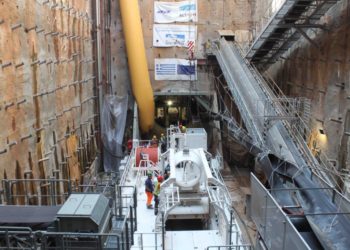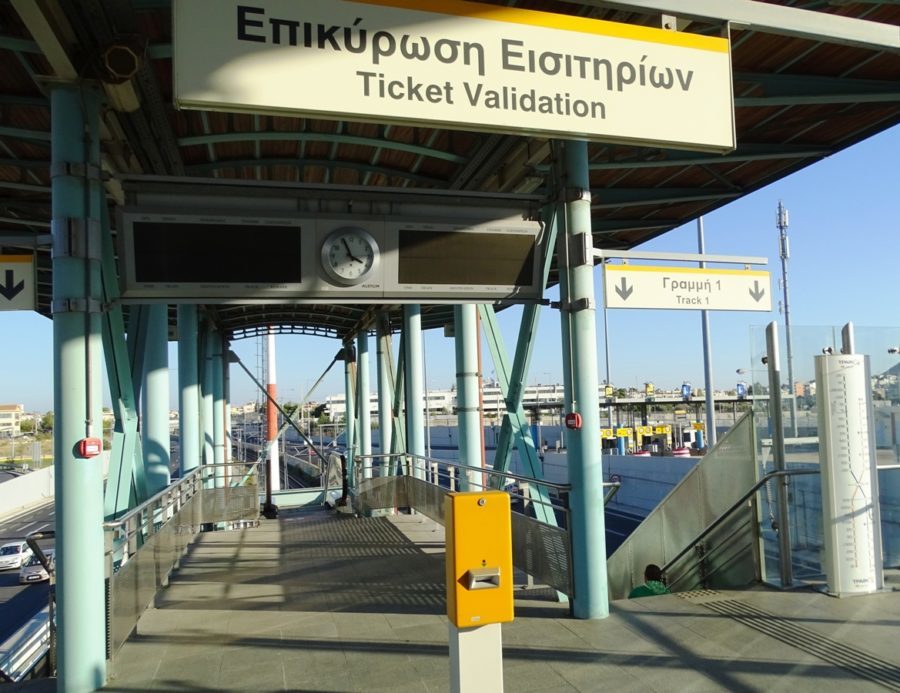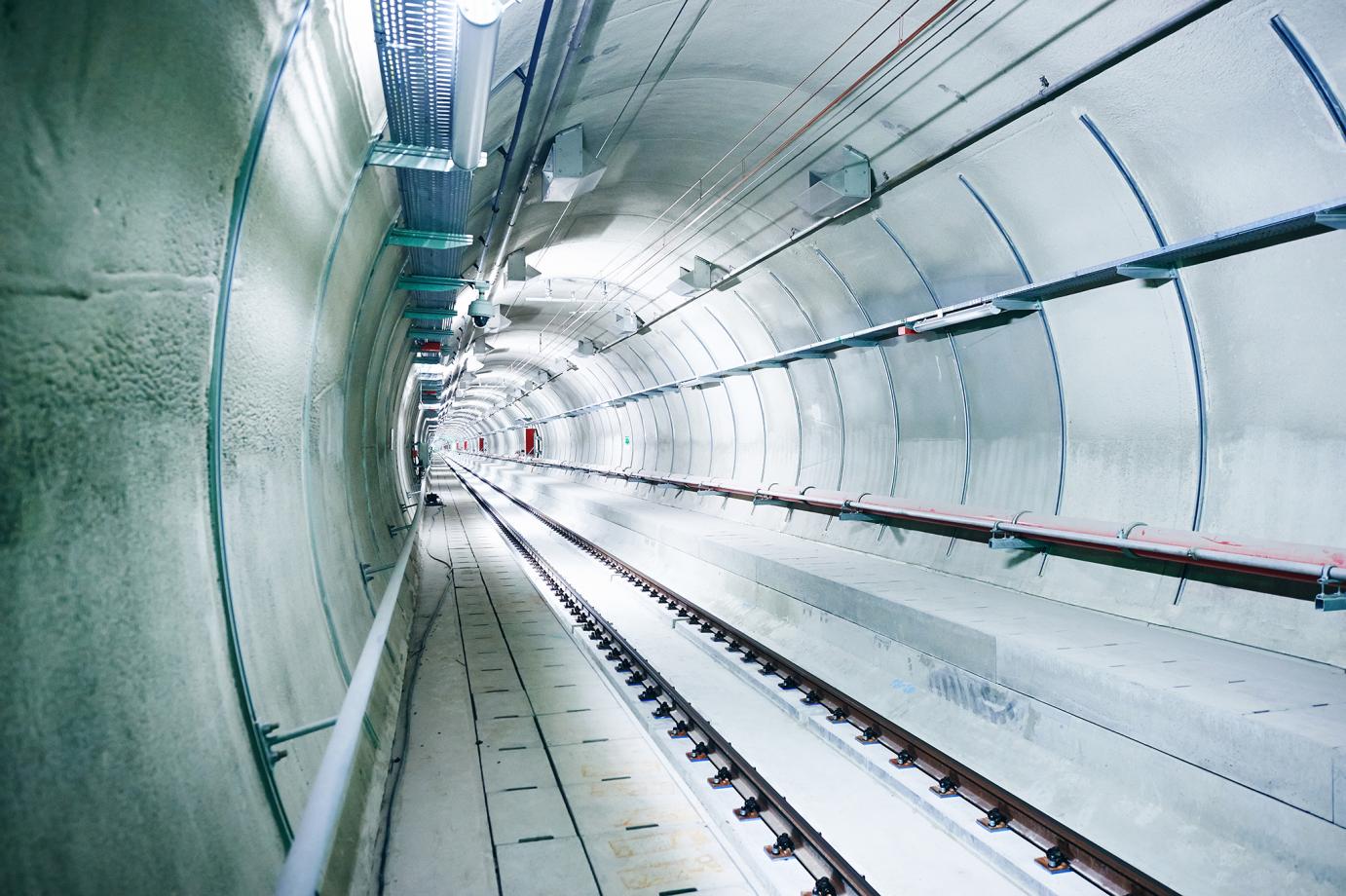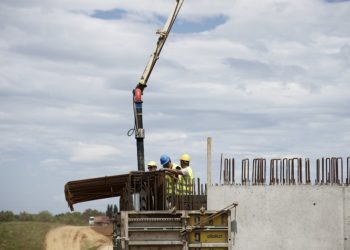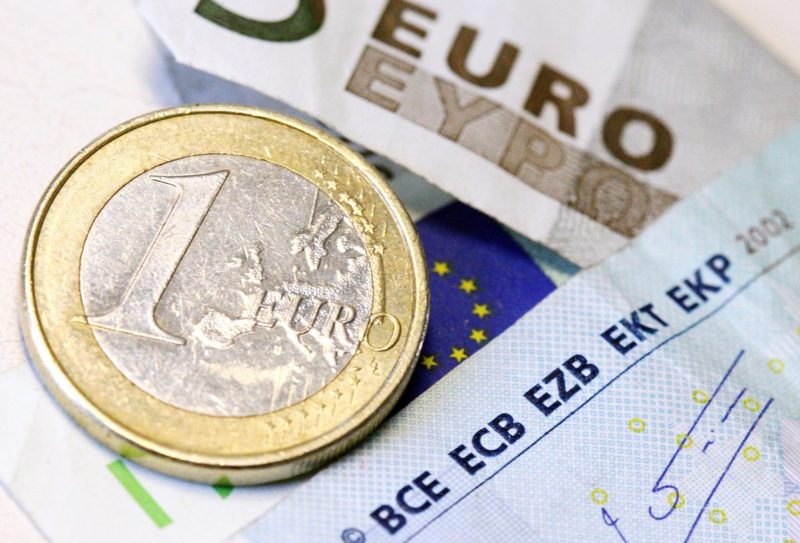Europe’s leaders are stuck on the horns of a huge dilemma: how to invest more in critical infrastructure without burdening taxpayers further. Private capital is ready to invest in transport, energy, telecoms and healthcare, but existing barriers are holding it back, writes Michael Collins.
Michael Collins is chief executive of Invest Europe
Infrastructure provides the tracks upon which most of our lives run. Roads, rail and shipping carry people and goods around the world; everyday necessities such as hospitals, energy, fresh water and waste disposal; not to mention the communications networks, schools and universities that underpin our social and cultural lives.
But the global financial crisis has meant European governments have had to rein in spending, leaving less capital to fund critical infrastructure improvements.
Today, US President-elect Donald Trump is promising to inject $1 trillion into infrastructure to help boost the economy, while China is investing more in it than Europe and the US combined. It is clear that Europe needs to do more to remain competitive.
The recently extended European Fund for Strategic Investment is a welcome source of funding but Europe must triple its current levels of infrastructure expenditure to meet future demands, according to the European Investment Bank. Private capital needs to be able to increase its contribution, but many barriers stand in the way.
 Global long-term investors — such as pension funds, insurers and sovereign wealth funds — have large pools of capital but they are under-utilised in this sector. Infrastructure funds run by investment managers with specialist expertise can channel capital from these institutional investors into Europe’s vital infrastructure.
Global long-term investors — such as pension funds, insurers and sovereign wealth funds — have large pools of capital but they are under-utilised in this sector. Infrastructure funds run by investment managers with specialist expertise can channel capital from these institutional investors into Europe’s vital infrastructure.
Their long-term horizons make them ideally suited for such investments. This means they need some comfort that the assumptions they make at the outset will remain largely true over 10 or 15 years, or even longer. Yet too often short-sighted changes to public policy cause entirely avoidable unpredictability, which only deters investors.
One area of particular concern is the fees and tariffs that infrastructure owners receive. These are often determined by governments and can be subject to significant revision — sometimes even retroactively — eroding returns and shattering confidence in some European markets.
Spain, for example, was an attractive destination for renewable energy investments, with long-term global investors developing wind and solar power assets worth more than €13 billion — until 2013, when the government abruptly reversed its previous policies.
This unanticipated change hit investors hard, wiping out the business case for the investment. It’s unsurprising then when these investors are reluctant to return. Additionally, a lack of transparency in many member states about future infrastructure projects makes it harder for infrastructure funds to predict deal flow and attract the necessary resources.
Infrastructure funds based outside of Europe have a vital role to play in providing an economic boost to the continent. In addition, many European funds invest on a cross-border basis. Barriers hampering international investment need to be removed and fair competition policies encouraged in member states if European infrastructure is to be an attractive destination for capital.
 While new infrastructure can often attract investment from the taxpayer, private funds also have the expertise to upgrade the operation and maintenance of existing infrastructure, prolonging its productive life and improving its capacity. Such investments deliver improved services to existing users and can reduce the need for additional greenfield developments.
While new infrastructure can often attract investment from the taxpayer, private funds also have the expertise to upgrade the operation and maintenance of existing infrastructure, prolonging its productive life and improving its capacity. Such investments deliver improved services to existing users and can reduce the need for additional greenfield developments.
The recent investment into Bouygues Telecom’s towers in France demonstrates the benefits that can flow as a result. Antin Infrastructure’s investment in 2012 improved the towers’ efficiency, generating 70 jobs and almost doubling the company’s revenues in three years, creating Europe’s fastest growing tower company in the process.
In Spain, investment from Goldman Sachs Infrastructure Partners in 2010 saw Redexis Gas inject over €700m into enhancing Spanish natural gas infrastructure over five years. This investment helped them develop new award-winning technology and created over 290 direct and 2,000 indirect jobs.
Public policy has to play its part in encouraging such investment, including at EU level. The European Commission has already proposed some positive changes to the treatment of infrastructure investment. Last year it revised the Solvency II regulation for insurers, creating a new asset class with a risk weight of 30% to encourage more investment in infrastructure.
This November, a review amending the Capital Requirements Regulation (CRR) and Capital Requirements Directive (CRD IV) rules was similarly favourable for European banks’ exposure to infrastructure funds. But these changes are not sufficient to capture all the different types of private infrastructure investment, such as those into corporates.
This corporate sector that also needs to be captured could include a telecoms company that rolls out broadband networks to people living in rural areas, or an operating company that ensures a piece of transport infrastructure runs smoothly. Few would deny that such investments are delivering improvements to Europe’s infrastructure.
But currently they are excluded from the Solvency II definition of ‘infrastructure project’ that attracts the 30% risk weight advantage. We hope this will be addressed in the regulatory review early this year.
Invest Europe’s new Investing in Infrastructure briefing shows what needs to be done to increase long-term private investment from funds, corporates and institutional investors, to improve Europe’s infrastructure and help sustain the economy.
Funds targeting Europe currently have over €167 billion of capital under management, with huge growth potential over the coming years — provided they can find a stable and supportive regulatory environment here. With other countries and regions around the world building their way to economic growth, Europe’s future competitiveness and the daily lives of its citizens depends on it.
Euractiv.com

